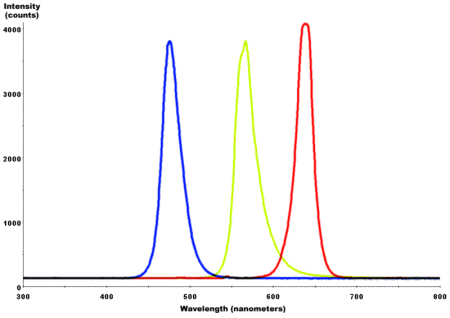I recently participated in another thread where there was a good discussion about CRI inadequacy, CCT, the Kruithof curve, "full spectrum" lighting, and related concepts. I highly recommend reading this entire thread as background.
Although you can custom white balance in camera or in post processing, it's always best to get things right up front (which saves you valuable time later). I have two questions:
1. What is the ideal temperature (CCT) for light bulbs from a photography perspective?
2. A light bulb emits radiation across the entire color spectrum. What impact does the shape of that radiation curve have on how colors are shown in photographs. Natural sunlight apparently produces most of its radiation at around 480 nm, though sunlight also contains radiation at all wavelengths. If a bulb produces most of its radiation at other wavelengths, what impact does that have on photography and color rendition?
3. Do CCT and the color spectrum curve interact in any way? Or are they totally independent?
Although you can custom white balance in camera or in post processing, it's always best to get things right up front (which saves you valuable time later). I have two questions:
1. What is the ideal temperature (CCT) for light bulbs from a photography perspective?
2. A light bulb emits radiation across the entire color spectrum. What impact does the shape of that radiation curve have on how colors are shown in photographs. Natural sunlight apparently produces most of its radiation at around 480 nm, though sunlight also contains radiation at all wavelengths. If a bulb produces most of its radiation at other wavelengths, what impact does that have on photography and color rendition?
3. Do CCT and the color spectrum curve interact in any way? Or are they totally independent?



